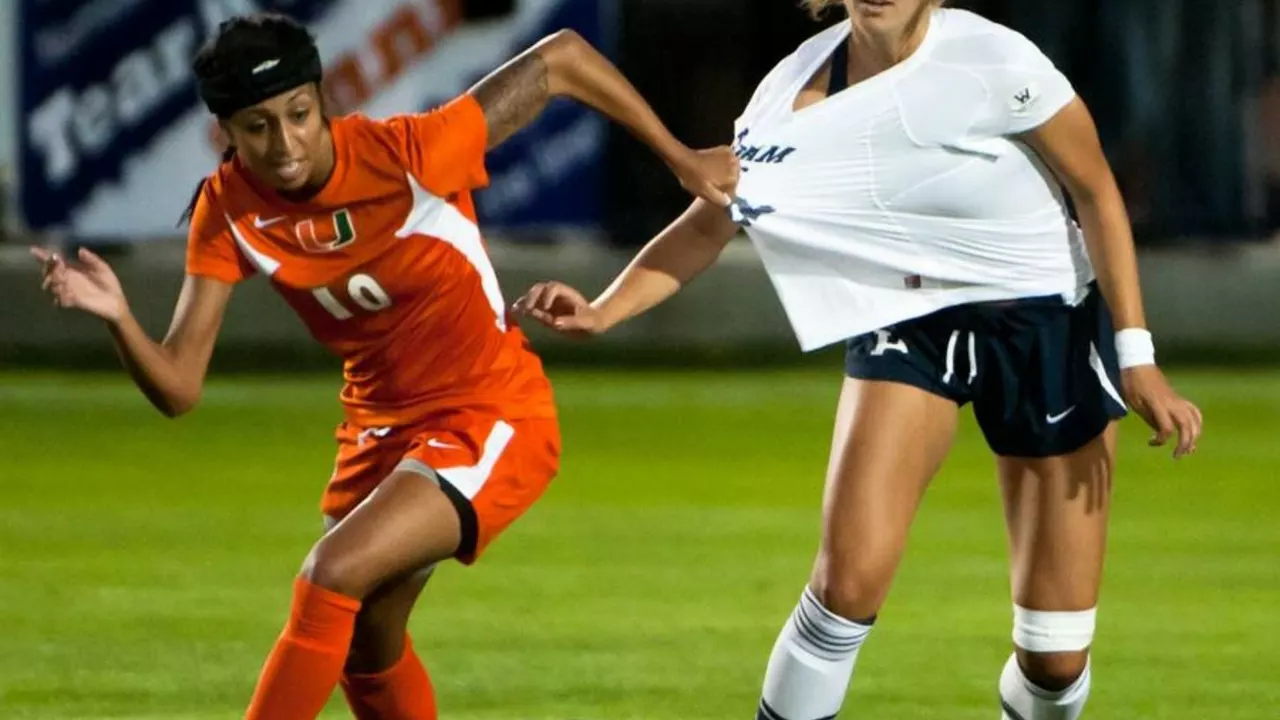Women's Soccer – What’s Happening, Why It Matters, and How the U.S. Got on Top
Whether you grew up kicking a ball in the backyard or just started watching the World Cup, women’s soccer has something for everyone. In the last decade the sport has exploded – more games on TV, bigger crowds, and a surge in youth participation. This page pulls together the biggest stories, a quick look at how the game started, and why the United States is still a leading force.
Quick History: From Rough Village Games to Global Stage
The first organized women’s matches appeared in the late 1800s, but they were often dismissed as a novelty. It wasn’t until the 1970s that real change happened. Title IX in the U.S. forced schools to fund women’s sports, giving girls a pathway to play, train, and compete seriously. Meanwhile, Europe and Asia set up national leagues that grew steadily. The 1991 Women’s World Cup in China proved the world was ready – 16 teams, packed stadiums, and a new generation of role models.
Since then, the tournament has expanded to 32 teams, the club scene has professional leagues in England, France, Spain, and the U.S., and sponsorship money is finally catching up. Every major tournament now draws millions of viewers, showing that fans love the fast‑paced, skill‑heavy style women bring to the field.
Why the U.S. Women’s Team Still Leads
Three things set the U.S. apart: deep talent pools, solid college programs, and a culture that celebrates female athletes. High schools and colleges act like talent factories – a player can get top‑level coaching without paying a pro contract. The national team taps that pool, adds a professional league (the NWSL) for extra experience, and keeps a core group together for years.
Key moments help the story too. Winning the 1999 World Cup on home soil turned stars like Mia Hamm into household names. That win sparked a surge in youth sign‑ups that still feeds the system today. Recent back‑to‑back World Cup titles (2015, 2019) show the model still works, even as Europe catches up with star‑filled clubs.
Other countries are closing the gap fast. England’s Women’s Super League, Spain’s growing clubs, and Australia’s investment in the Matildas prove the gap is shrinking. The next World Cup will likely see more nations in the final stages, which is great for the sport’s growth.
So, what can you do as a fan? Start by following the major leagues – the NWSL, Women’s Super League, and Division 1 Féminine. Catch the next big tournament, whether it’s the Olympics, the World Cup, or a continental championship. If you have a backyard or a local park, consider joining a mixed‑gender pick‑up game – you’ll get a feel for the speed and skill women bring to the pitch.
Finally, keep an eye on youth programs in your area. Many clubs now run girls‑only teams, and they’re always looking for volunteers, coaches, or just enthusiastic supporters. The more people who show up, the louder the stadiums get, and the faster the sport will keep growing.
Women’s soccer isn’t just a trend; it’s a full‑blown movement that’s reshaping how we think about the beautiful game. Stay tuned, stay loud, and enjoy the ride.
Have any women's soccer teams beaten a men's soccer team?
In my exploration of women's soccer history, it's clear that women's teams have indeed faced off against men's teams, but as for outright wins, it's a bit complex. Generally, there's a physical strength and speed difference between male and female players. However, the Australian women's national team, the Matildas, famously beat a men's team, the Newcastle Jets, in 2016. But, it's worth noting that the men's team was an under-15 squad. So, while victories have occurred, they are relatively rare and often involve age or skill disparities.
